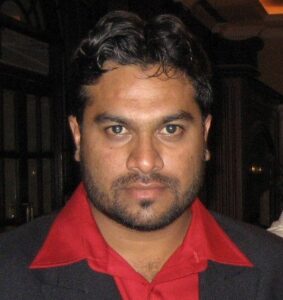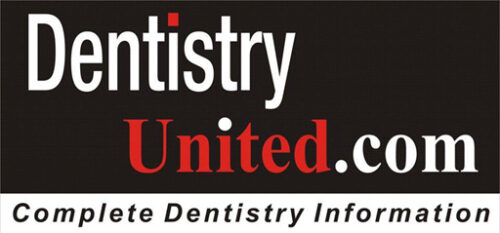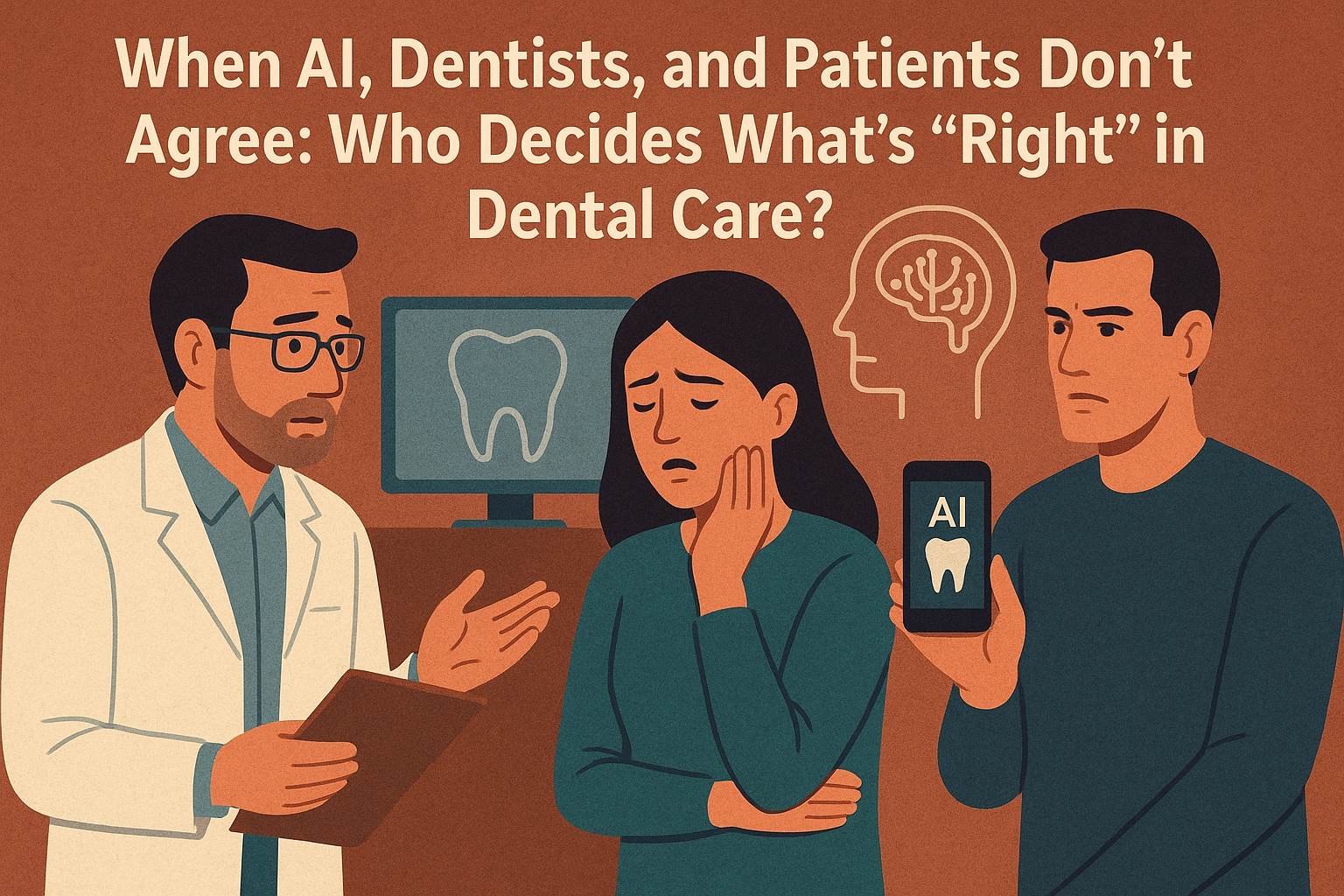Exploring bias, conflict, and compassion in the age of algorithm-driven dentistry.
Prologue: A Diwali Night at Smile Maker
It was Diwali night. Outside Smile Maker, the air shimmered with the scent of burnt sparklers and warm sweets. Inside, under the soft hum of the clinic lights, I was finishing my last consultation for the day — a couple who had come seeking answers for the wife’s persistent jaw pain.
The husband did most of the talking. He spoke in sharp, clipped sentences, armed with medical terms borrowed from the internet. The wife sat silently beside him, her eyes distant, her fingers tightly interlocked.
When he stepped out to take a call, she finally spoke — softly at first, then in waves that carried years of hurt. She confessed to being publicly insulted by him, to enduring humiliation that had chipped away at her confidence, night after night. Her sleeplessness had deepened into anxiety, and her anxiety into pain.
Clinically, I could see mild attrition, some occlusal disharmony — the kind of age-related changes that can trigger temporomandibular discomfort in many over fifty. But this pain had roots that ran deeper than the mandible.
I looked at her gently and said,
“There are two problems here. One has a cure — your TMD. The other, your husband’s behavior — doesn’t. That one you’ll have to learn to smile through. Stop finding meanings in his words; start finding peace in your silence.”
Her eyes filled with tears, but something changed in her expression — a small exhale, a fragile calm. She nodded, almost in relief, and agreed to begin neuromuscular treatment.
Then came the twist. The husband returned, phone in hand, eyes flashing with certainty.
“AI says this diagnosis is wrong,” he declared. “It’s not TMD — it’s a neural issue. What you’re suggesting is just occlusal correction.”
I knew the real story, but ethics bound me to silence. I couldn’t tell him that his words were half the reason his wife hurt.
So there we were — a husband, a dentist, and an algorithm — all claiming to know the truth, while the patient sat between us, her pain suspended in the tension of three different worlds.
I took a slow breath and said, calmly,
“Sir, trust the doctor — not the device. Let me show you what recovery can look like.”
I played a few video testimonials of my patients, those who had walked the same uncertain path and found relief. Slowly, his expression softened. They agreed to begin with gentle muscle relaxants and stress management.
That night, as I stepped out into the glow of diyas along the clinic’s corridor, I realized this encounter was not about TMD or occlusion at all. It was about something far more profound — the silent war between human empathy and machine precision.
And that is what prompted me to write this reflection.
Where AI Logic Collides With Human Judgment
Dentistry is no longer just about hands and mirrors; it’s also about data and algorithms. AI today can detect caries, predict implant outcomes, and even analyze bite discrepancies faster than any clinician. Yet, its logic is binary — it cannot decode the trembling pause in a patient’s voice, or the burden behind sleepless nights.
AI may see a misaligned jaw; a human sees a life misaligned by stress.
Take another everyday example — a patient walks in asking for aligners after watching a glossy ad. The AI-based simulation agrees, showing perfect digital results. Yet, clinically, braces may be the only path to a stable occlusion. The conflict then isn’t about treatment — it’s about influence.
In the TMD case that evening, AI’s bias wasn’t technical — it was emotional. The husband trusted the algorithm more than his wife’s lived experience. The machine spoke in probabilities; I spoke in compassion. Only one of us could heal.
The Human Side of AI in Dentistry
Dentistry has entered an era where algorithms can read X-rays, predict implant outcomes, and suggest orthodontic plans faster than any clinician. But when technology, patient expectations, and clinical wisdom collide, who takes the final call?
AI may recommend a crown; the patient may want a filling; the dentist may know neither is truly necessary. These crossroads are becoming more frequent — and more complex.
Where AI Logic Collides With Human Judgment
AI systems are built to recognize patterns, not emotions. They detect bone density, caries depth, or occlusal discrepancies with astonishing precision — but they can’t understand fear, financial constraints, or cultural pride in “keeping one’s own teeth.”
Consider these everyday scenarios:
-
The Aligner Dilemma:
A patient walks in saying, “I want aligners — I saw an ad that said they’re invisible and fast!”
The AI simulation agrees, showing a flawless smile in six months.
But the dentist knows the patient’s skeletal discrepancy requires fixed braces for stability.
Now, three sources — the advertisement, the AI, and the patient’s belief — create pressure against professional judgment. -
The TMD Confusion:
Another patient uses an AI symptom-checker for jaw pain. It warns, “Possible joint disorder — consult another specialist.”
The dentist, after evaluation, identifies the real problem: sleep deprivation and muscle tension. A short course of relaxation therapy or mild tranquilizers could solve it.
Yet the patient hesitates — “But the app said I need a specialist!”
Here, AI doesn’t just inform; it influences. It shapes perception, sometimes at the expense of human trust.
Aligning AI With Human Values in Clinical Dentistry
The goal is not to make AI choose for us — but to make it choose with us.
1. Value-Sensitive Design
Developers must train dental AI systems on diverse datasets representing different demographics, lifestyles, and treatment philosophies. Instead of dictating one “optimal” solution, AI should present value-based options:
- Option A — extraction (higher success probability).
- Option B — conservative treatment (longer healing, higher preservation value).
Such framing encourages dentist-patient discussion, not blind compliance.
2. Explainable AI (XAI)
Dentists must know why AI recommends something. Was it based on cost, longevity, or bone density? Transparency restores authority to clinicians while helping patients understand that AI is a guide — not a dictator.
3. Reducing Bias Through Dialogue
Bias thrives where silence exists. Structured pre-treatment questionnaires can expose unseen priorities:
“How important is saving your natural tooth?”
“What’s your main fear about dental treatment?”
Small environmental cues also help. A simple clinic policy like —
“Please keep your mobile phones switched off in the reception area”
creates distance from algorithmic noise. The patient becomes more receptive, calmer, and engaged in a human conversation instead of consulting Google between X-rays.
The New Art of Dental Decision-Making
AI can enhance accuracy but cannot replace empathy. It can predict outcomes but not preferences. It can process radiographs but not reassurance.
When patients, AI systems, and dentists disagree, the answer doesn’t lie in surrendering to data — it lies in restoring dialogue. The dentist must remain the bridge between digital precision and human compassion.
As technology evolves, so must our communication. The best outcomes will not come from who’s “right,” but from who’s understood.
The Way Forward
AI may change how we diagnose, but it should never dictate how we care.
When empathy, ethics, and evidence work together, even the smartest algorithm becomes just what it should be — a tool in the hands of a thinking, feeling human being.
Epilogue: The Three Minds of Tomorrow
As I locked up the clinic that night, the lamps of Diwali still flickering along the street, I found myself thinking about how dentistry itself is changing — not just in tools, but in thought.
In the years ahead, I realize that I can no longer think in just one way.
I now have to think in three dimensions of mind:
-
First, as myself — the clinician who still listens to the pulse behind the pain, who weighs ethics, evidence, and empathy in equal measure.
-
Second, as the AI-influenced patient — one who arrives already carrying conclusions, statistics, and confidence built on algorithms, not awareness.
-
And third, as the AI-informed attender — the spouse, child, or friend armed with half-knowledge and digital conviction, whose beliefs can sway both doctor and patient alike.
This triad will be the new landscape of dental care — a dialogue not between two voices, but between three worlds: the human, the machine, and the echo in between.
It will be a tough route ahead, not because AI threatens dentistry, but because it reshapes trust. The challenge now is not just to diagnose disease, but to heal perception — to remind people that machines can predict, but only humans can understand.
So, as I look toward the coming decade, I carry this quiet resolution:
to keep the science sharp, the empathy sharper, and to guide every conversation — whether with a patient, a relative, or an algorithm — back to where all healing begins.
In the heart.

Dr. Syed Nabeel, BDS, D.Orth, MFD RCS (Ireland), MFDS RCPS (Glasgow), is a clinician-scholar whose career spans over two decades at the intersection of orthodontics, neuromuscular dentistry, and digitally integrated diagnostics. As Clinical Director of Smile Maker Clinics Pvt. Ltd., he has pioneered a philosophy of care rooted in anatomical precision, occlusal neurophysiology, and contemporary AI-enhanced workflows. A Diplomate in Orthodontics from Italy and an alumnus of advanced programs at Various International Universiteis , Dr. Nabeel brings a globally benchmarked clinical acumen to the nuanced management of temporomandibular disorders, esthetic rehabilitation, and algorithm-guided orthodontics.
In 2004, he founded DentistryUnited.com, a visionary platform connecting over 40,000 dental professionals through peer learning and collaborative dialogue. His academic drive led to the launch of Dental Follicle – The E-Journal of Dentistry (ISSN 2230-9489), a peer-reviewed initiative now indexed in EBSCO, fostering interdisciplinary scholarship across clinical domains.
A prolific educator, he has contributed to UGC and national broadcast media as a subject expert and regularly speaks at scientific forums, favoring small-group, discussion-based formats that emphasize clinical realism over theoretical abstraction. His ethos remains steadfast: knowledge, when shared freely, multiplies in value. Dr. Nabeel continues to shape the future of dentistry through research, mentorship, and his enduring commitment to elevating practice standards in India and beyond.

